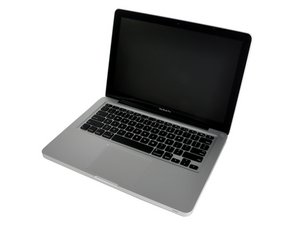Unibody Laptop Dual Drive not initializing?
Hi,
I bought the iFixit Unibody Laptop Dual Drive and installed it in a Late 2011 MBP. The hard drive installed is a Hitachi HTS72755A9E365 500GB drive. When booting the machine (running 10.11.6 on an SSD in the primary hdd slot) the computer does not even see the hard drive. After about 20 minutes, the OS automatically acknowledges that there's an un-initialized hard drive. Disk utility only shows me the option to erase the drive (not partition). When I attempt to erase it as OS X Journaled w/ GUID Partition Map (I tried all other options for funsies) disk utility either stalls on un-mounting or gives an error regarding the last block (sadly I don't recall the specific error).
I verified the hardware (iFixit Unibody Laptop dual drive sled, Hard drive, and optical drive data) in a newer model macbook pro (repartioned the drive, ran diagnostics on the drive as well) yet when i put the hardware back into my late 2011 mac, the computer sees the drive as uninitialized. I also repartitioned my SSD boot drive (I first made a time machine backup so i could restore the data) and installed a clean 10.10 image (what the newer test macbook pro was running were it worked) and get the same error. I also tried another known-good hard drive and it gets the same symptoms.
Any thoughts would be hugely appreciated!
Is this a good question?


 35
35  329
329  971
971